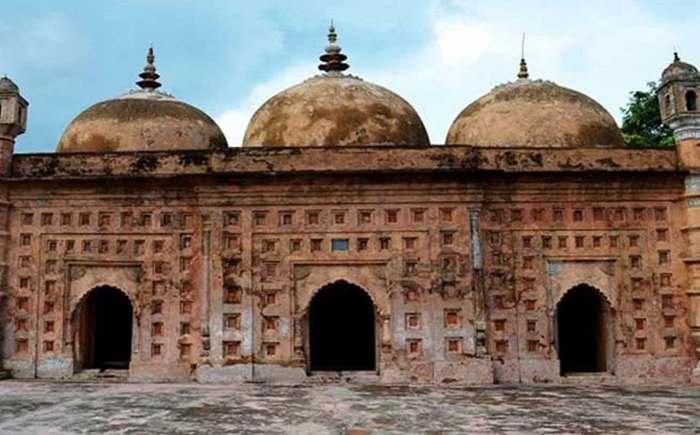
The Nayabad Mosque was constructed in 1793 AD. During its construction Raja Baidyanath, who was the last member of Royal family was the feudal owner (Zamindar) and during that period Mughal Emperor (Nawab) was Shah Alam II. The mosque was named after where it was built, near the Dhepa river of Nayabad village just 1.5 km southwest of the breathtaking beauty Kantaji Temple. According to historical evidents, architectural workers from West who came for the construction work of Kantaji temple. Locals also believe the head architecture of that temple, Kalu Khan was buried on the grave on mosque premises.
Structure:
This mosque is an oblong structure with three domes and octagonal towers at each of its four corners. Externally, it measures 12.45 meters in length and 5.5 meters in width, with walls that are 1.10 meters thick.
The mosque has three arched entrances on the eastern side, with the central arch being larger than the two flanking ones. Despite this, all three arches are equal in height and width, with the central arch measuring 1.95 meters high and 1.15 meters wide. Additionally, there is an arched window on both the northern and southern walls. Multi-cusped arches adorn all doorways and windows.
Inside, there are three mihrabs on the western wall, aligned with the three entrances. The central mihrab is the largest, measuring 2.30 meters in height and 1.08 meters in width, while the two side mihrabs are equal in size and smaller than the central one.
The mosque is topped with three hemispherical domes, with the central dome being larger than the two on either side. Pendentives have been used in the transitional phase to support the domes. Both the parapet and cornice are straight in design.
Of the four corner towers, only the northeastern and northwestern ones still retain their original cupolas. The other two towers now remain without them. These towers are plastered and taper gradually, each originally topped with a lantern-like chhatri crowned by a cupola. Four horizontal bands at regular intervals decorate the surface of each tower.
The mosque’s exterior was once richly decorated with terracotta plaques, many of which have become loose or damaged over time. Currently, about 104 rectangular plaques (each measuring 0.40 meters by 0.30 meters) remain in place. While many are worn, some still display intricate floral and creeper motifs. One particularly notable plaque features a depiction of a pair of peacocks.

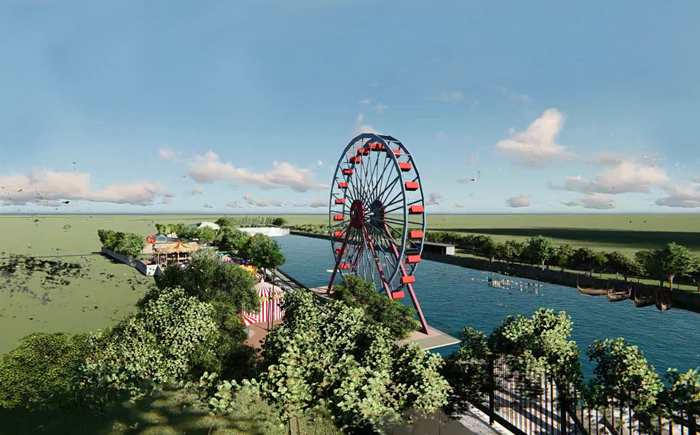
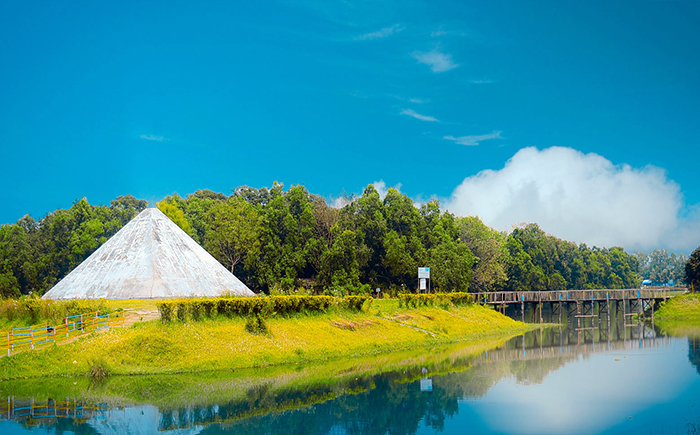
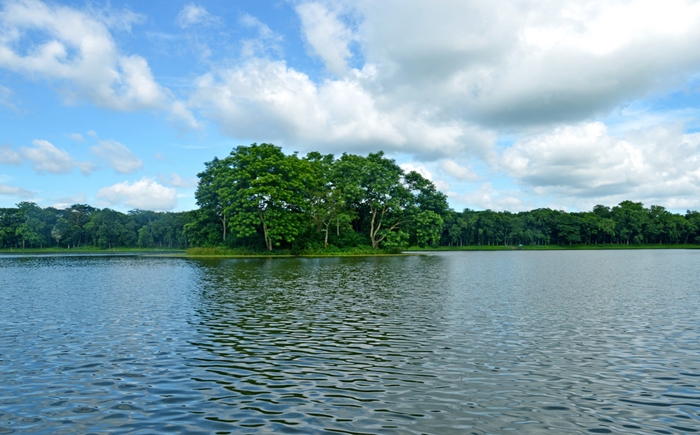
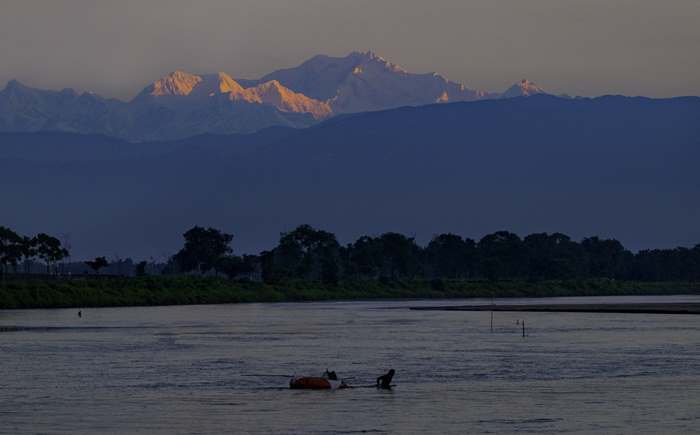




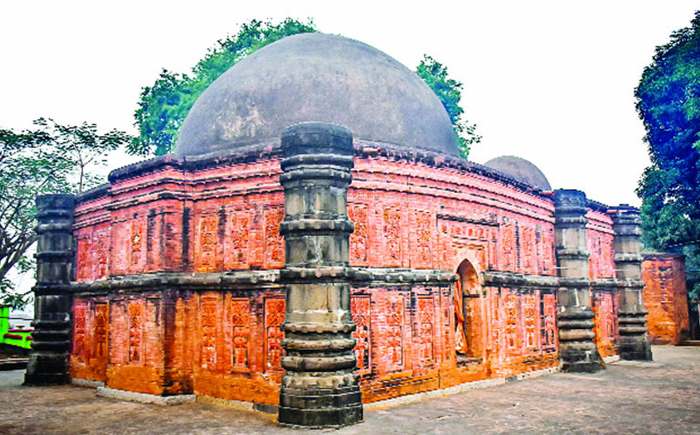

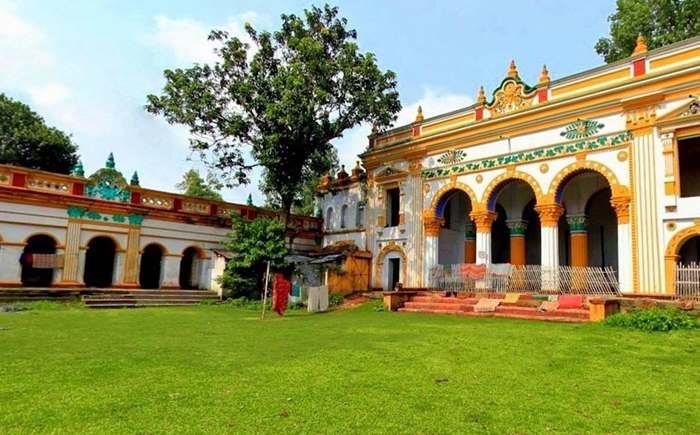
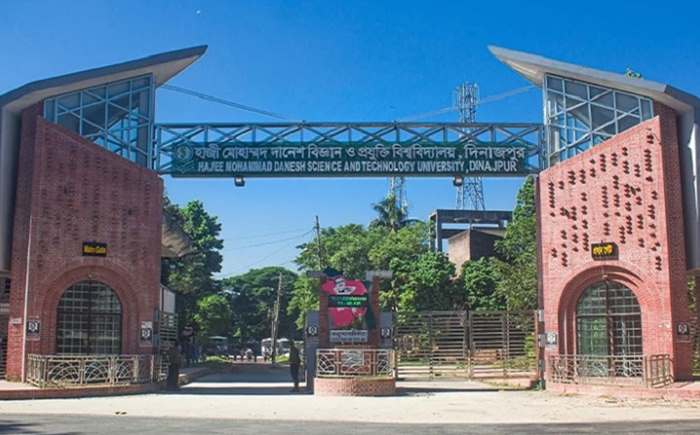
Leave your valuable comments: